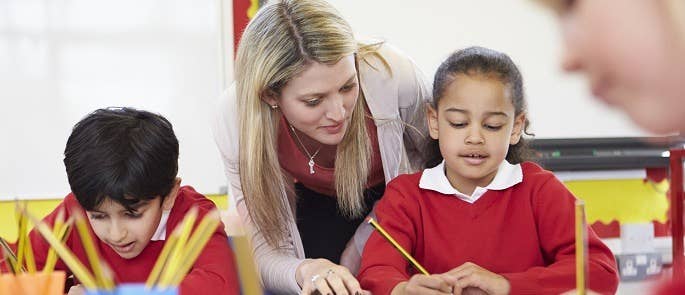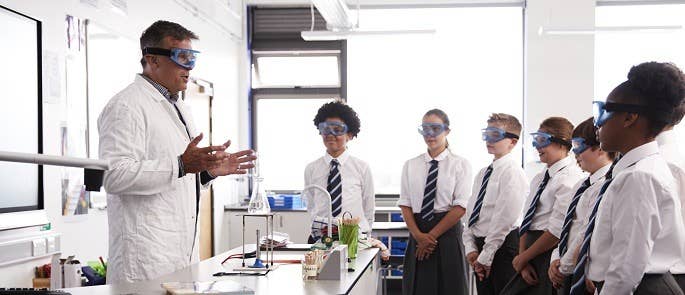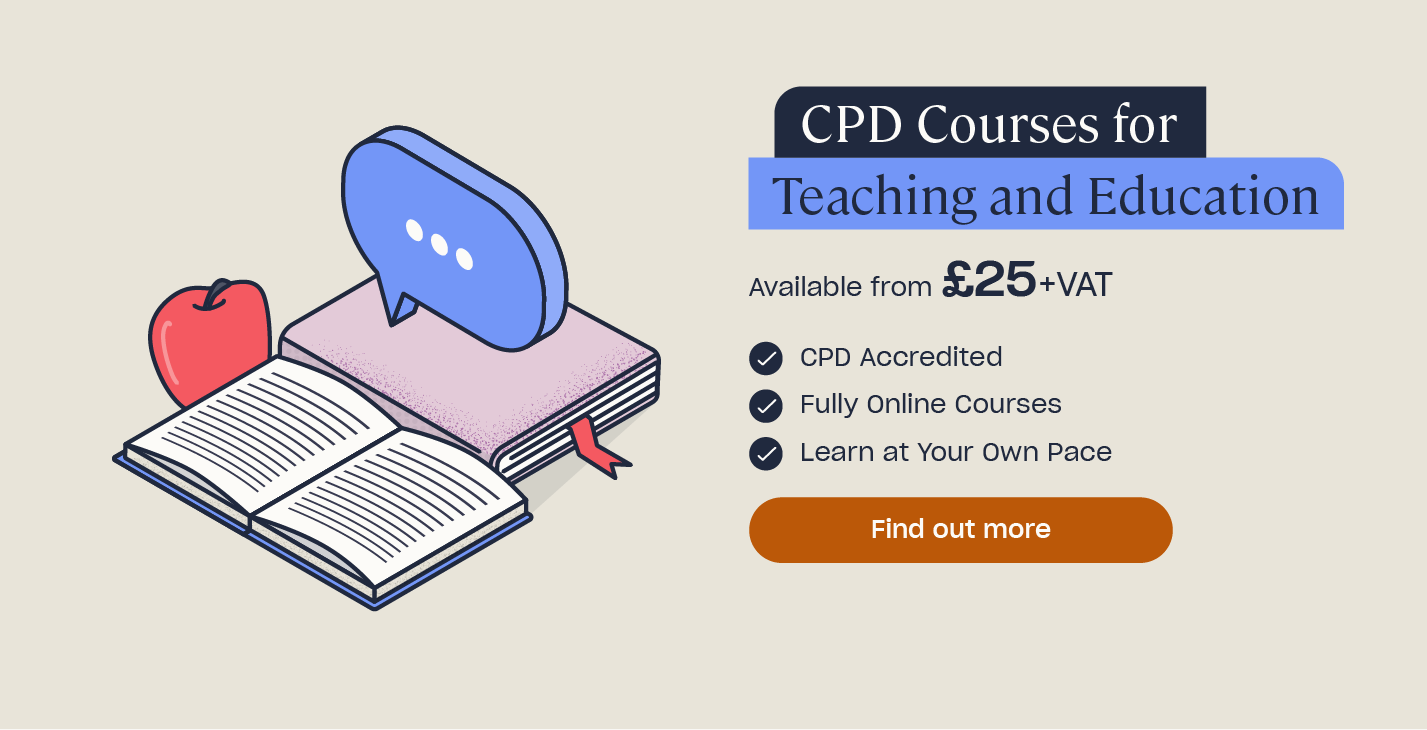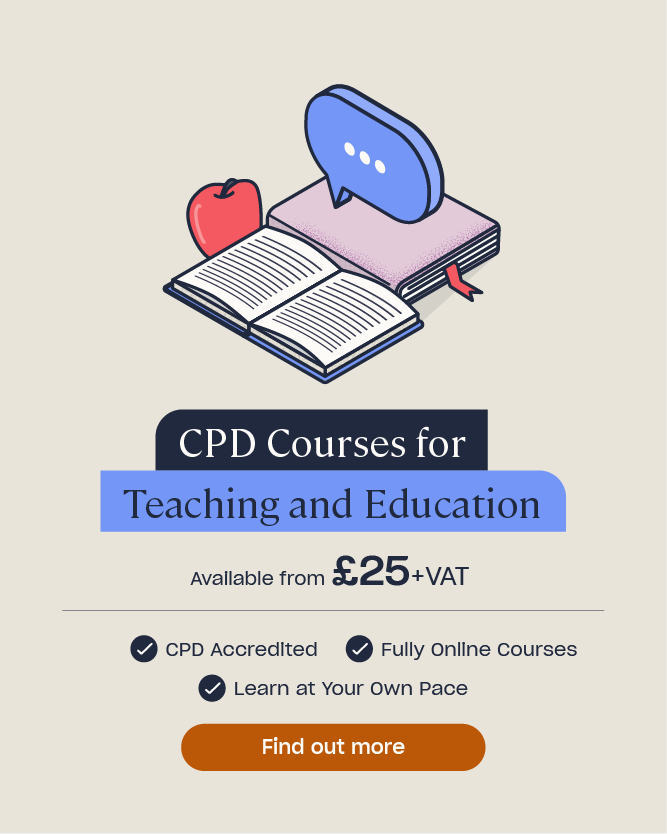How to Use Assessment for Learning in Schools
When used effectively, assessment for learning, or AFL, can be a highly impactful teaching tool, acting as a bridge between where a student currently is in their learning and achievement and where they want to get to.
In this article, we will address the question ‘what is assessment for learning?’, list the benefits of AFL, explain the role of the teacher within the assessment process, and outline how you can embed AFL within your teaching practice.
What is Assessment for Learning?
AFL is a cyclical approach to teaching and learning used by both teachers and students to help learners fulfil their potential. The information created through AFL notifies both learners and teachers where students are in their learning. This then informs the teaching practice so that educators know how to amend their approach accordingly – to support students in getting where they need to be. Through this cycle, students are actively engaged in their learning, and they also learn the strategies required to maximise their own progress.
The Teachers’ Standards stipulate that all teachers in England ‘must make use of formative and summative assessment to secure pupils’ progress.’ Almost every teaching and learning task or activity presents an assessment opportunity. AFL can therefore be used on a regular basis to guide the learning process – to assess, to inform teaching, and to provide impactful feedback.

When implementing AFL, teachers need to consider where the learner is going in the lesson, course, or unit of work. Educators should aim to present intended outcomes and success criteria in a universal way, so that they are clear and transparent to all. They should be broken down into small steps to ensure they are as accessible as possible.
Teachers also need to consider where the learner is now, and how far they may be from reaching the intended outcomes. Educators can uncover this through snapshot assessment – which can be used to provide both students and teachers with a shared understanding of what they can already do and where there may be gaps in their learning.
Finally, teachers must think about how the learner can achieve their aims, and what steps they need to take to get there. Through this collection of evidence, educators can be responsive and reactive, adapting their high-quality teaching to best suit learners’ needs.
This is the cycle of AFL. It ultimately helps us to understand if our teaching is leading to learning.
‘Assessment for learning (AFL), also known as formative assessment, refers to any assessment activity that guides learning. Unlike summative assessment which evaluates pupil knowledge and achievement after a period of learning is complete, assessment for learning involves evaluating small content areas as part of the ongoing learning process.’
NFER

The Benefits of AFL
The many benefits of using effective assessment for learning include:
- Improved relationships between teachers and students.
- Improved attainment and achievement.
- Improved confidence, resilience, and self-esteem amongst learners.
- Improved classroom culture and teaching and learning environments.
- Improved productivity and sense of motivation.
- Improved metacognitive talk in the classroom.
Want to Learn More?
Discover a range of interactive, online courses designed to support and inspire those working in education. Take a look at our Courses for Teaching and Education where you’ll find everything from Challenging Behaviour Training to Coaching and Mentoring.
What are the Different Types of Assessment for Learning?
When considering AFL, we need to make the distinction between formative and summative assessment.
Summative assessment is the assessment of learning. Teachers use summative assessment when they are assessing how far a child has come and what they have achieved. Examples include end of topic tests, GSCEs, and A Levels.
Formative assessment, or AFL, shapes learning. The most effective form of formative assessment takes place live, minute-by-minute, day-by-day. It is assessment that takes place while students are still engaged in the learning. Formative assessment allows students to identify and address any misconceptions before their summative assessments.
There are some forms of assessment which can be both formative and summative. If students completed a test paper in class to assess their knowledge at the end of a unit, but then mark it individually, or as a class or a group to receive immediate feedback that addresses misconceptions, then this would encompass both forms of assessment.
‘You don’t need to be able to write to do good formative assessment.’
Educationalist and professor, Dr. Dylan Williams
What Williams is referring to here is the immediacy of formative assessment. Formative assessment informs learners how they can progress in their learning, and what steps they need to take to reach their destination. Anything more onerous than a direct, handwritten response may not impact the learning as effectively as if it were happening in the moment.

Why is the Role of the Teacher Important in AFL?
A teacher’s role is to plan and manage the assessment. One aspect of their role is to make accurate and productive use of assessment. They then use their findings to inform next steps, both their own and the pupils’. This reactionary approach to teaching and learning keeps students at the heart of the process. Their findings provide teachers with the freedom to explore new strategies and concepts which will maximise students’ learning.
In order for AFL to be successful, teachers must first create the right social, emotional, and classroom environments. Students need to feel safe, valued, and respected before they will feel empowered enough to engage in meaningful assessment opportunities. Teachers can do this by being positive, approachable, smiling, welcoming their students, adhering to the school’s behaviour and teaching and learning policies, having high expectations, and understanding and empathising with their students.
Similarly, the way in which teachers communicate with students helps to lay a strong foundation for effective AFL. For example, if students are told that they are wrong or incorrect constantly, then their self-efficacy will be affected. Language like this, when used continually, will only cause students to disengage. Instead, teachers can address misconceptions in learning as opportunities for students to thrive and excel. This approach builds resilience in students as they believe they’re not there yet, but they instead feel confident and informed enough to recognise and take their next steps.
To boost self-esteem and levels of motivation in the classroom, teachers can ask students to focus on their improvement rather than level of attainment.

How to Use Assessment for Learning Strategies in the Classroom
Let’s look at three ways that you can use assessment for learning strategies in the classroom.
1 – Round the Room Questioning
Teachers can circulate around the room asking individual or group questions. Doing so helps them to immediately address any misconceptions or gaps in students’ learning. Feedback provided should directly inform students what they need to do next to get to where they need to be. The general consensus may then inform the direction of the lesson or the unit of work. As well as welcoming any misconceptions which may arise, teachers can use the opportunity to praise students and offer hints, tips, and advice. Teachers can differentiate as they are circulating by asking different questions to different pupils.
2 – Whole-Class Questioning
Whole-class questioning is an excellent way for teachers to determine if all learners have understood the learning intentions. The best whole-class questions have both a correct and an incorrect answer, and thinking time should be given before students are expected to show their answer. Teachers can then easily scan the room to assess student understanding. If teachers receive a sea of correct answers, they know that the students are ready to progress in their learning or to deepen their understanding. If there are numerous misconceptions, then teachers may need to draw upon an element of high-quality teaching to help reframe the learning, such as chunking, scaffolding, or peer learning.
There are many ways that students can record their responses to whole-class questioning, including on mini whiteboards, post its, traffic light or ABCD cards, emoji cards, and thumbs up or down. Students can also physically move to a zone in the room to indicate their response. In online spaces, this can be done via online polls, shared documents, scribble boards, and via emojis.
3 – Peer and Self-Assessment
Peer learning and self-assessment can only be successful if everyone has a universal understanding of the learning outcome.
Self-assessment tools include sheets or grids where students can signpost where they believe they are in their learning; ‘I can’ statements which can be ticked and dated, and KWL grids which detail what the student knows, what they would like to know, and what they have learnt.
Peer learning and assessment relies on close interactions between two or more students, so it is even more successful if the social and emotional setting is right. Pupils take responsibility for their own learning and are given the tools to help them evaluate their success. It has been found to be a low-cost teaching and learning tool, which can be particularly beneficial to learners with SEND. The Education Endowment Foundation states that teachers must ‘carefully structure tasks so that sessions focus on existing knowledge.’
An example of peer learning would be students completing a test paper together based on acquired knowledge. Completing and marking the paper together can stimulate high-level discussion and deep metacognitive thought, which can be engaging and motivational for students.

Dr. Dylan Williams uses the analogy of a pilot to summarise the importance of assessment for learning. Pilots plan a course but then take readings as they go. They then change course as conditions dictate. Assessment for learning helps us to steer our learners back on track, with the ultimate goal of helping them to be the best they can be, and to achieve the best possible outcomes.
Where implementing a new assessment for learning strategy, remember to do so because it works for you and your students. In doing so, you’ll be keeping the students and their needs at the heart of AFL in your classroom.
Further Resources:
- Training Courses for Education
- Ideas for Genius Hour in the Classroom
- Understanding the Importance of Motivation in Education











